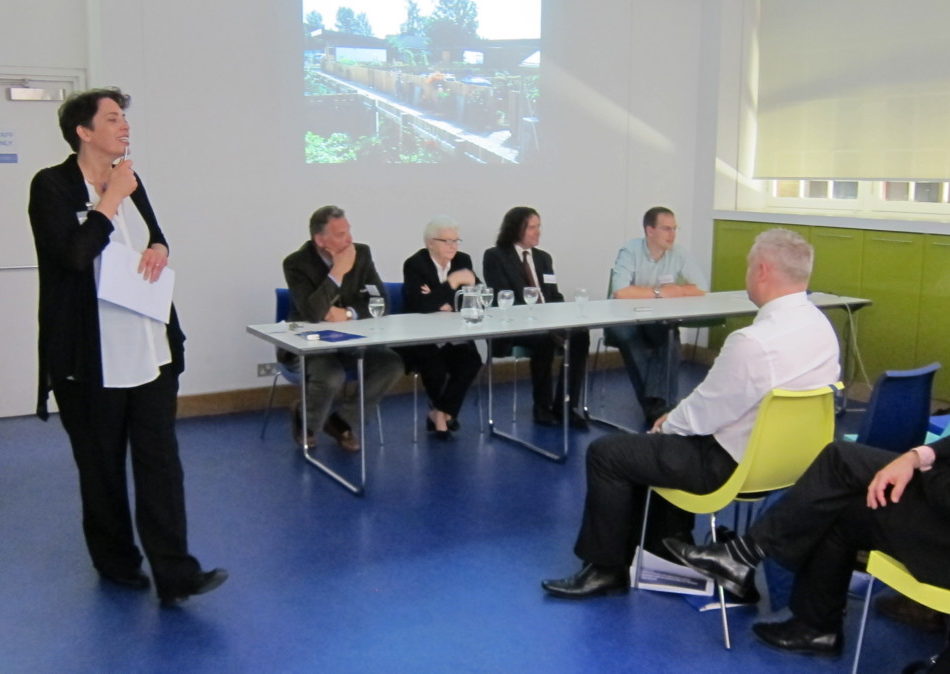Written by:
‘What is Community Led Design and does it work?’
Yesterday evening, on a crisp October evening in Glasgow over 40 guests gathered at The Lighthouse venue (a former newspaper office designed by Glasgow’s master architect Charles Rennie Mackintosh), to explore the mixed perceptions of community led design and what it really means in practice. Four distinct stakeholders – a resident, a design professional, a local authority planner and a developer – presented their own personal views and experiences of community engagement in the design and planning process.
Speaking as a resident, Anna Stuart, Chair of Cassiltoun Trust, charted decades of community engagement in urban regeneration, outlining the path from protest against, to collaboration with, the local authorities. Anna discussed the transformation of a community asset, Castlemilk Stables, an inspiring example of how community led projects can deliver the best in design quality and bring about economic and social regeneration.
Matt Bridgestock, an architect, planner and urban designer (55 North Architecture Ltd) shared much of his practical experience of working with communities in the design of places and spaces, emphasising the need for the community to participate as an equal stakeholder (something which planners can ensure) and as an expert in their own right. Transparency is key and as one Tweeter observed, communication must be delivered in a language that communities can understand and respond to.
All of the speakers were convinced of the need for community engagement in the design and planning process, with Ron Smith of Glasgow City Council unpicking the degrees of engagement from the point of view of the local authority. Ron’s presentation showed the disparate attitudes of different local authorities to community engagement in design and planning processes, highlighting the lack of leadership on community engagement in local, regional and national planning policy.
Jonathan Strassberg of the Ethical Property Company pointed to a lack of understanding among developers of what community led design is, admitting his own ignorance of its practice until relatively recently. He highlighted the realities of the developer’s priorities and the financial risk and unpredictability wrought by community involvement (in the minds of financiers). Jonathan referred with disdain to the developer’s view that they can bring ‘community’ to their development, as if they were delivering a pizza, which raised the question of how to engage with communities where there are none?

While none of the speakers directly answered the question, ‘What is Community Led Design?’ it was already clear when Chair, Glass-House Chief Executive Sophia de Sousa asked the audience to think about the three words that made up the theme of the debate – ‘Community’, ‘Led’ and ‘Design’ – that they were each loaded with meaning and that reaching consensus on their definitions is a challenge in itself.
Perhaps Anna’s reminder to us that buildings and the spaces around them are to be used and enjoyed was what left most of us convinced of the importance of the active and full participation of communities in the design process to deliver the needs of local people.
Plenty of food for thought!
We invite you to continue this discussion and share your views and experiences with us below.
* The Glass-House Debate Series 2011/12 continues in Bristol in November, and in Newcastle and London in the New Year. Click here to find out more.

